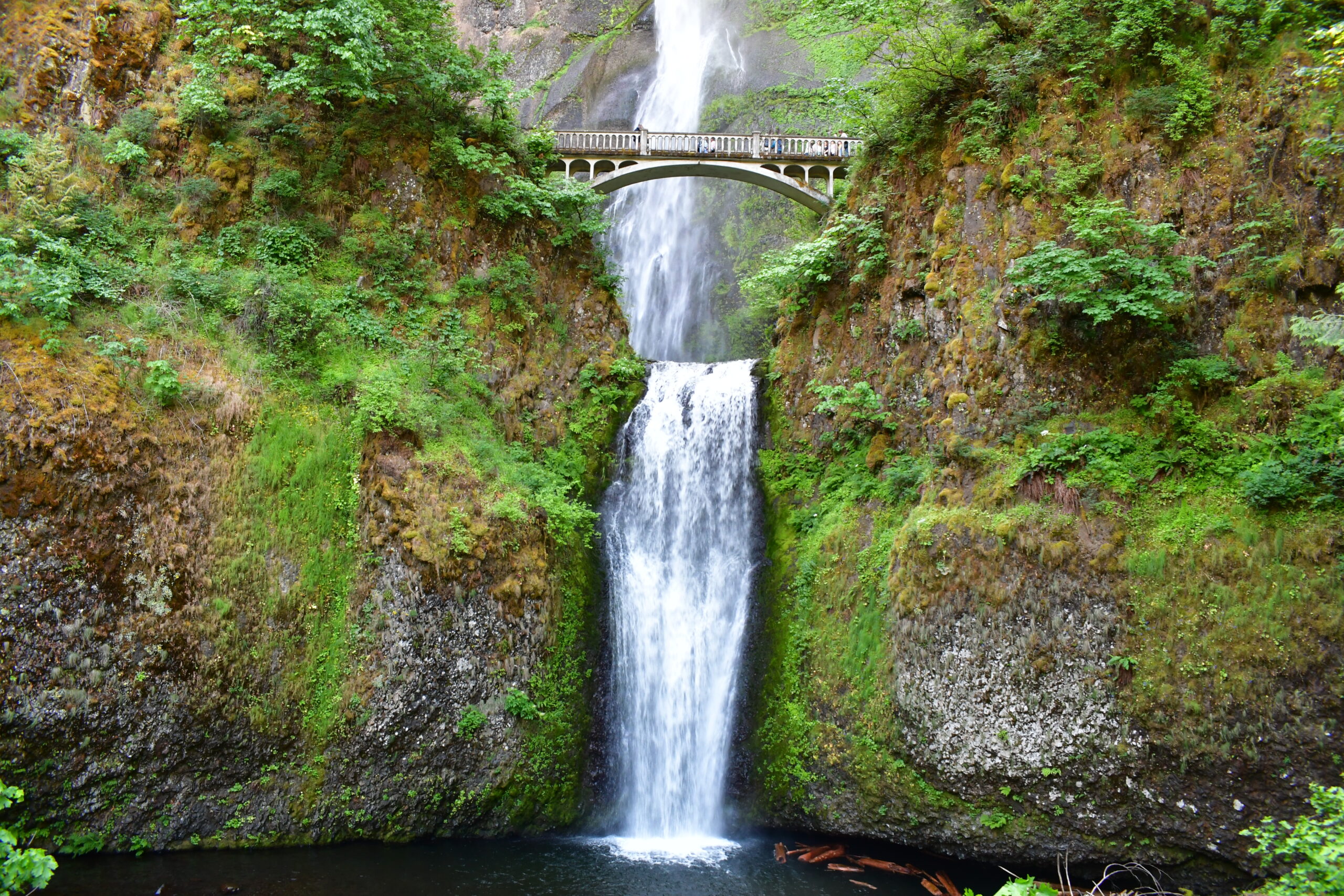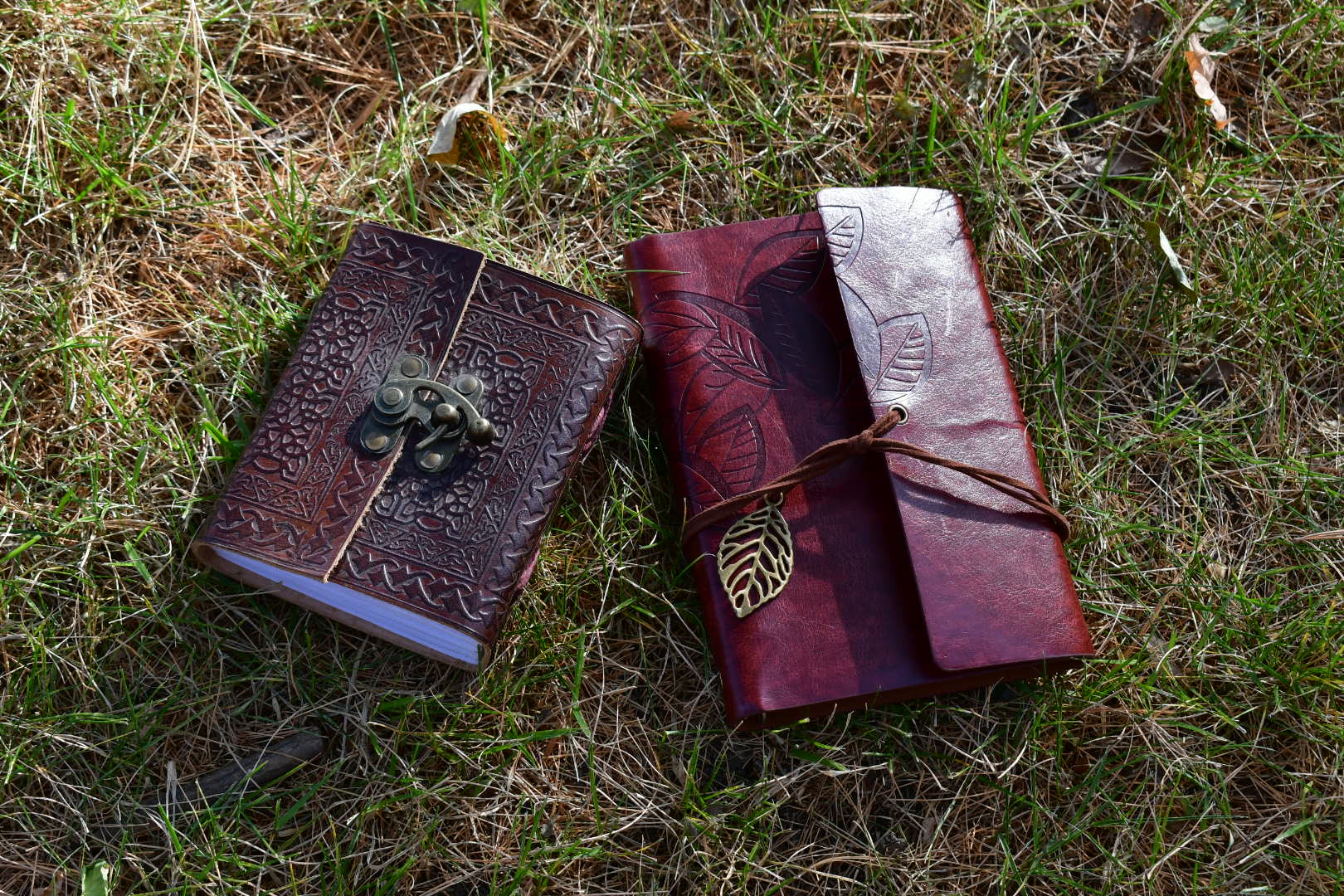People who use a nature journal
 Many people have heard of using nature journals with students, but you can also use them with yourself at any age. There is not one exact way to do a nature journal. You can be as specific or broad as you want in your nature journal. I’m compiling some ideas that can help you get started using one and hopefully bring you closer to nature depending on your own unique needs. If you are a teacher of any subject matter or age student; you can adjust some of these ideas to make them work for your students.
Many people have heard of using nature journals with students, but you can also use them with yourself at any age. There is not one exact way to do a nature journal. You can be as specific or broad as you want in your nature journal. I’m compiling some ideas that can help you get started using one and hopefully bring you closer to nature depending on your own unique needs. If you are a teacher of any subject matter or age student; you can adjust some of these ideas to make them work for your students.
Benefits of a nature journal
Preschool students up through senior citizens can obtain positive benefits from using a nature journal. One main benefit for every age is that it helps you connect with nature and have a greater appreciation for it. It helps you look closer at the world around you and notice things you may have never noticed. Nature journals help provide a focus when you’re engaging with the nature around you. Without a journal, older students will walk and talk with friends, and younger students will run and jump off things. Adults might think about their day or what they need to get done, instead of enjoying what is right in front of them and being present in the moment. Exploring nature with a journal gives you a purpose and allows you to be in nature and appreciate it more. It causes students to slow down and get away from computer screens and technology and look at the world around them. Students are always in a hurry to move on to the next thing on their list, so they forget to stop and enjoy what’s right in front of them.
There are many benefits of journaling consistently. Things such as an increase in mental clarity, self-discipline, and self-confidence. Some other benefits include improving writing, creativity, and problem-solving skills.
What type of nature journal?
 Do you want to make your own or buy a premade nature journal? There are many different nature journals you can purchase. The key is getting the one that is right for the age of the person doing it and their purpose. Another thing to consider is if you are using pencils or plan to paint with watercolors. This will determine the type of paper you want for your journal. Do you want lines or just blank pages? Do you want a more guided journal with prompts, or do you want an open-ended journal?
Do you want to make your own or buy a premade nature journal? There are many different nature journals you can purchase. The key is getting the one that is right for the age of the person doing it and their purpose. Another thing to consider is if you are using pencils or plan to paint with watercolors. This will determine the type of paper you want for your journal. Do you want lines or just blank pages? Do you want a more guided journal with prompts, or do you want an open-ended journal?
Making your own journal will allow you to put your own twist on it. Creating exactly what you want will be helpful in keeping this healthy habit of writing in your nature journal.
Turn nature journaling into a positive habit.
You have your nature journal and are ready to begin. Now what? How do you start? Ask yourself how often you want to use your journal. Is it something you take along when you go for a hike? Is it a specific place that you want to sit and journal every day or once a week? I recommend committing how often you plan to use your journal and put it in your calendar as an appointment. For example, I would do every Monday, at 5:00 PM and put this into my appointment calendar. You’re trying to create a positive habit. You also might have to put what place you do your nature journal. This will prevent you from using the excuse I don’t know where to go.
Ideas to use with your journal
Phenology
Phenology is the study of how nature changes throughout the year. It allows you to see patterns in nature.
- First, pick a spot outside with a view of a tree or other plants. This will be the same spot you visit each time you do this activity. That way you can see what has changed.
- Put the date and time at the top of a page in the journal.
- Write what the temperature is at the time, your location, and if it is sunny or cloudy. Is there any precipitation? What kind, if there is?
- Draw a picture of what you see.
- Explain in writing what you hear, smell, feel, and see.
- Discuss with a partner what you noticed or if anything changed from the time before.
This activity could be done daily, weekly, monthly, or seasonally (four times a year). The more often you do this the more time it will take up. Some people might write a date and brief explanation of what has changed or key signs of the next season.
Some examples of things people could write about when it comes to phenology:
- Leaves or needles on a tree such as colors, buds starting to grow, or all the leaves have fallen off the tree.
- Certain flowers are blooming such as tulips, lilacs, or lilies.
- Is it raining or snowing? Is water freezing or not?
- What type of vegetables or fruit are ripe in a garden?
- Certain birds are heard or seen such as robins, sandhill cranes, or juncos.
- What type of frogs are making noise?
- Is there a certain bug you see like a monarch butterfly, a dragonfly, or a cicada?
- You could even draw the moon at night to see how it changes over a month.
Senses
Write what you see, hear, smell, and feel in one environment and then move to another and do the same. Then compare and contrast the different environments you observed. I did this with my second-grade students in four different habitats. The habitats will depend on what you have available to you. My students did this in a prairie, woods, bog, and a lake. Then try this activity at different times of the year to see how things changed in each of those environments you already observed.
Notice and Wonder
 What are some things you wonder? As you sit outside, hopefully by nature, think about what you see and ask yourself to fill in the following statement. “I notice _____________________.” Then fill in the following statements based on what you noticed.
What are some things you wonder? As you sit outside, hopefully by nature, think about what you see and ask yourself to fill in the following statement. “I notice _____________________.” Then fill in the following statements based on what you noticed.
- I wonder why_________________________________.
- I wonder how _________________________________.
- I wonder what ________________________________.
- I wonder when ________________________________.
- I wonder where ____________+
- ____________________.
To get you thinking here are some examples of wonder statements:
- I wonder why the leaves move more on this tree than the other one.
- I wonder how all those dead leaves got put into a pile in the middle of the tree branches.
- I wonder what bugs will be under that log if I flipped it over.
- I wonder when I will see a monarch caterpillar.
- I wonder where those bugs are going.
Art Nature Journal
When you go out in nature, find something that catches your eye and interests you. Then sketch what you see or try painting it with watercolors. Using watercolor paints allows your art to dry faster than other types of paints, which is a plus when out in nature. Remember to add as much detail into your pictures as you can. Focusing on details will help you look more closely at the nature around you. An art nature journal is not about being an artist and making perfect pictures. It is more about slowing down in nature and looking at what is around you. I’m not an artist, but you don’t need to be one. Nobody needs to see your pictures unless you want to share them.
Specific topic Journal
You could pick a specific topic to write about in your nature journal. It could be as specific as only writing about birds, mushrooms, insects, or plants. This type of journal can help narrow your focus and give you a purpose when being out in nature.
Try being specific in what genres or type of writing you do in your journal. The journal could be just poems that are inspired by what you see out in nature. You could write a list of things you see, hear, feel, and smell. A list of adjectives that describe the nature you are experiencing. The possibilities are only limited by your own creativity.







Leave a Reply